Higher Education Posts on Crowch
Domestic violence is a subject that too often remains hidden in silence. But silence does not protect — it strengthens the problem. October, Domestic Violence Awareness Month, exists to break that silence, to support survivors, and to inspire change.
Abuse takes many forms: physical, psychological, sexual, and economic. It can hide behind the image of a “happy family,” behind excuses like “he’s just going through a hard time” or “this is a private matter.” The truth is clear: shouting, humiliation, control, or hitting can never be justified.
✨ Why is this month so important?

- To amplify survivors’ voices. Stories of those who left and rebuilt their lives give strength and hope to others still trapped.
- To break down barriers of fear. People need to know that help exists and no one is obligated to stay in an abusive relationship.
- To change culture. We must teach children and young people to build relationships rooted in respect, not fear or control.
- To unite communities. Purple ribbons and awareness campaigns remind us that violence affects us all and cannot be ignored.
Domestic Violence Awareness Month is not only about victims — it is about strength. The strength of communities that build shelters and hotlines. The strength of volunteers who refuse to look away. The strength of friends and families who reach out and say: “You are not alone. We are here.”
It is important to understand that even the smallest step can create change. Sharing hotline numbers, supporting awareness campaigns, donating to organizations, or simply listening to someone who needs to be heard — these are powerful actions. Small steps, when multiplied, create big transformations.

October in purple is the voice of hope. A voice that says: “Violence has no place in society.” A voice that grows louder with every person willing to support and to help. Let this month remind us that indifference allows violence to thrive, but solidarity can save lives.
On October 5th, countries across the globe come together to celebrate World Teachers’ Day, a tribute to the individuals whose work shapes the foundation of our collective future. Organized by UNESCO since 1994, this day commemorates the signing of the 1966 ILO/UNESCO Recommendation, which outlines international standards for the teaching profession — a reminder of the importance of valuing and protecting those who educate.
Teachers as Architects of Society
Teaching is often called the profession that creates all other professions. Every doctor, engineer, artist, or scientist begins as a student guided by a teacher’s knowledge and encouragement. Teachers pass on skills, values, and the ability to think critically — the tools students need not only to succeed individually but also to contribute positively to their communities.
A Changing Landscape
Education today looks very different from just a decade ago. Teachers have had to adapt to rapid technological advances, new methods of learning, and, in recent years, the challenges of remote and hybrid classrooms. They are navigating the balance between traditional teaching and digital innovation, ensuring that students are not only informed but also equipped for a fast-changing world.
Global Challenges and Inequalities
While some classrooms are equipped with the latest technology, others lack basic supplies. In many countries, teachers face overcrowded classrooms, low salaries, and limited professional development opportunities. UNESCO reports a global shortage of trained educators, particularly in low-income regions, which threatens progress toward universal education.

World Teachers’ Day serves as a call to action: governments, communities, and individuals must work together to ensure teachers have the resources, respect, and training they need. Without this support, achieving quality education for all remains an unreachable goal.
Celebrating the Day
Across the world, schools host assemblies, students present speeches and performances, and communities honor outstanding educators with awards. Social media campaigns encourage people to share memories of teachers who influenced their lives, turning the day into a wave of gratitude.
How to Participate
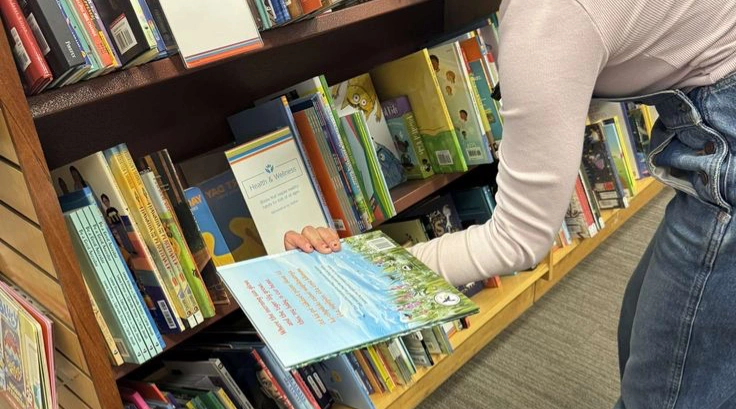
- Express Appreciation: Write a note or share a public message thanking a teacher.
- Support Education Programs: Contribute to initiatives that provide resources to underfunded schools.
- Advocate for Change: Get involved in efforts to improve teacher salaries, working conditions, and access to training.
- Promote the Profession: Inspire young people to consider teaching as a meaningful and rewarding career.
Looking Ahead
The future of education depends on the people who stand at the front of the classroom. By investing in teachers, we invest in the future of our societies, economies, and cultures. World Teachers’ Day is not just about saying “thank you” — it’s about recognizing that the success of every generation is built on the dedication of educators.
So, on October 5th, let’s celebrate the teachers who have shaped our lives and commit to creating a world where every educator is supported, respected, and empowered to inspire the leaders of tomorrow.
Cyprus has quietly become one of the most appealing study destinations in Europe. With a pleasant Mediterranean climate, affordable cost of living, and growing academic reputation, it's not surprising that students from all over the world are considering Cypriot universities as an alternative to more expensive options in Western Europe. But what are the real advantages? How does the local education system work? And which universities are worth your attention?
Let’s explore everything you need to know about studying in Cyprus in 2025 — from degree structures to tuition fees and scholarship opportunities.
🏛️ Universities on the Island: North vs. South
Cyprus is divided into two distinct regions: the Republic of Cyprus (South) and the Turkish Republic of Northern Cyprus (recognized only by Turkey). Both regions have their own university systems, and the differences between them can be significant in terms of language, accreditation, and available programs.
In total, there are 9 universities in the Republic of Cyprus — 3 public and 6 private — and over 20 institutions in Northern Cyprus. Both systems follow the Bologna Process, which means degrees are compatible with other European qualifications: Bachelor’s (3–4 years), Master’s (1–2 years), and PhD.

🏫 Public vs. Private: What's the Difference?
Unlike other countries where public universities are drastically cheaper, in Cyprus the tuition fees between public and private institutions are relatively similar. The main differences lie in the language of instruction and admission criteria.
- Public universities in the South usually teach in Greek and have more competitive admission processes.
- Private universities offer many English-taught programs, especially in business, tourism, IT, and medicine.
- Northern Cyprus universities tend to follow American-style education, with a strong focus on English programs and more flexible admissions.
While private universities haven't yet gained global recognition in rankings, their academic quality continues to improve, especially with international partnerships.
🌍 Top Universities to Watch
If you're looking for reputable institutions, consider these options:
- University of Nicosia (Private) – Famous for its medical school. Tuition from €9,000/year.
- Cyprus University of Technology – Located in Limassol, known for engineering and applied sciences. Tuition from €5,000/year.
- European University Cyprus – Offers online and in-person degrees in law, medicine, business, and social sciences. Tuition from €8,400/year.
- Frederick University – Strong in research and innovation. Tuition from €7,000/year.
- Eastern Mediterranean University (EMU) in Famagusta – Offers degrees recognized worldwide, especially in tourism and service industries. Over 80% international students. Tuition from €9,500/year.

💶 Tuition, Scholarships, and Student Work
Studying in Cyprus is relatively affordable compared to Western Europe. Annual tuition ranges from €5,000 to €9,500, and many universities offer scholarships and discounts for international students.
Some institutions grant 50% discounts automatically to non-EU students. Other funding options include:
- High GPA or exam scores
- Strong English language skills (IELTS/TOEFL)
- Sports or artistic achievements
- Financial need (mostly for students from developing countries)
Moreover, students can work part-time during the academic year (up to 20 hours/week) and full-time during holidays (up to 40 hours/week), helping them cover living expenses.
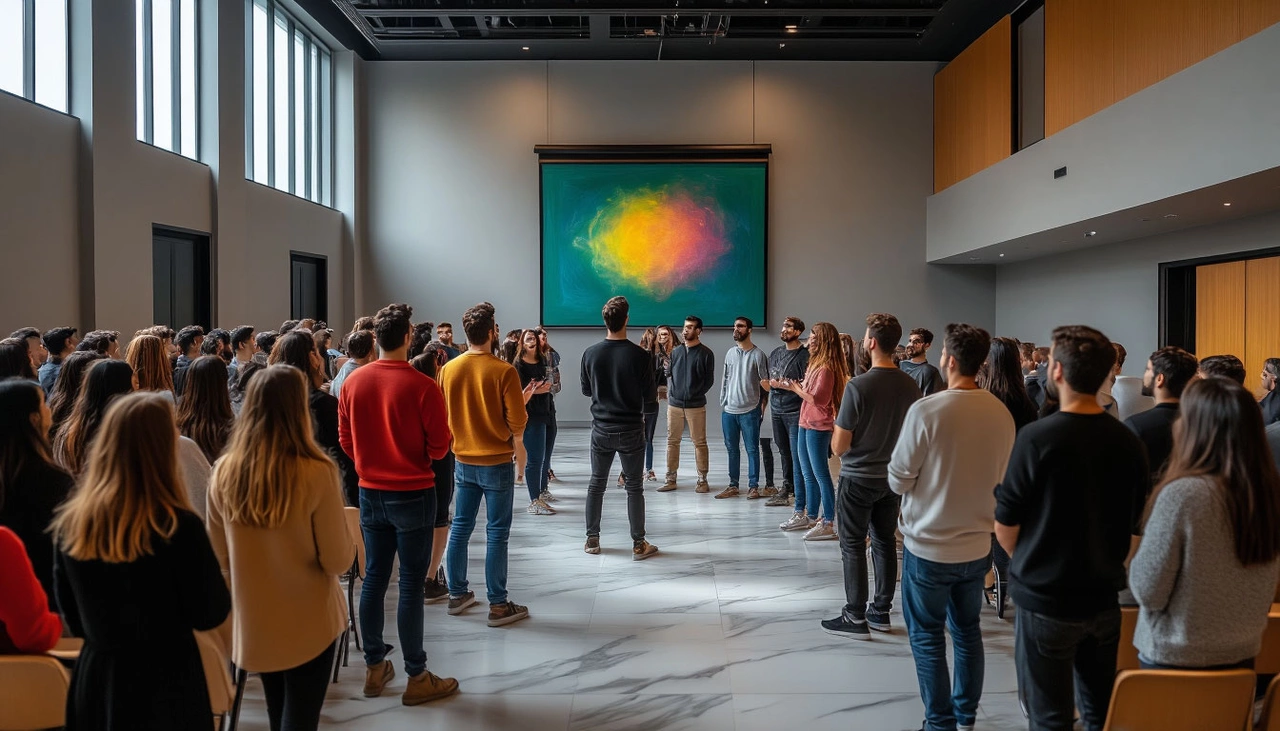
🏠 Living on the Island: Costs and Comforts
Cyprus offers a comfortable Mediterranean lifestyle at a fraction of the cost of other European destinations. Monthly living costs typically range from €300 to €500, covering rent, food, transport, and leisure. Many universities offer on-campus housing or assist in finding accommodation nearby.
📝 Admissions Made Simple
One of Cyprus’s biggest advantages is its easy and transparent admission process. Thanks to international agreements, students from many countries (including Russia and CIS states) don’t need to go through complicated legalization procedures — an apostille is usually enough.
- English-taught programs require proof of proficiency: IELTS 5.5+ or TOEFL 500+.
- Those lacking language skills can enroll in a foundation year.
- Knowledge of Greek or Turkish opens even more options. Universities often accept G.C.E/G.C.S.E certificates or conduct interviews in the language.
Some programs, like medicine or arts, require additional entrance exams focused on specific subjects.
📅 Flexible Enrollment Options
Unlike many European countries, Cypriot universities allow admission during both spring and fall semesters. Applicants just need to arrive on campus 2–3 weeks before the term begins to complete registration and interviews.

If you're preparing to study in Germany, one of the most important requirements is proving that you can financially support yourself. For most students, this means opening a blocked account (Sperrkonto) — a special type of German bank account where your funds are locked and released in monthly portions. Without this document, your student visa application won’t move forward.
This article explains what a blocked account is, how much money you need, who provides this service, and how to open one step by step.
🔒 What Is a Blocked Account and Why Is It Required?
A blocked account is a mandatory part of the student visa process in Germany. It shows German authorities that you have enough funds to support yourself while living and studying in the country.
The current required minimum is €11,208, based on a monthly allowance of €934. This amount covers your basic living expenses for 12 months — rent, food, transportation, and other essentials.

While this may seem like a large sum, it gives German immigration officials confidence that you won’t become financially dependent during your studies. Once the account is open, you’ll receive a confirmation that can be submitted with your visa application.
🧾 Are There Alternatives to a Blocked Account?
Yes, but they’re not common. You may provide:
- A bank account in Germany holding the required funds (under your name or your parent’s)
- A formal obligation letter from a German resident (rare and complex)
Still, the blocked account is by far the most accepted and straightforward method, especially for international students applying from abroad.
🏦 Trusted Providers of Blocked Account Services
Several licensed companies specialize in setting up blocked accounts for students and offer additional services like health insurance, which is also required for your visa.
Here are the main options in 2025:
✅ Fintiba
- Setup fee: €89
- Monthly fee: €4.90
- Includes free travel health insurance valid from your arrival until you activate your full student insurance
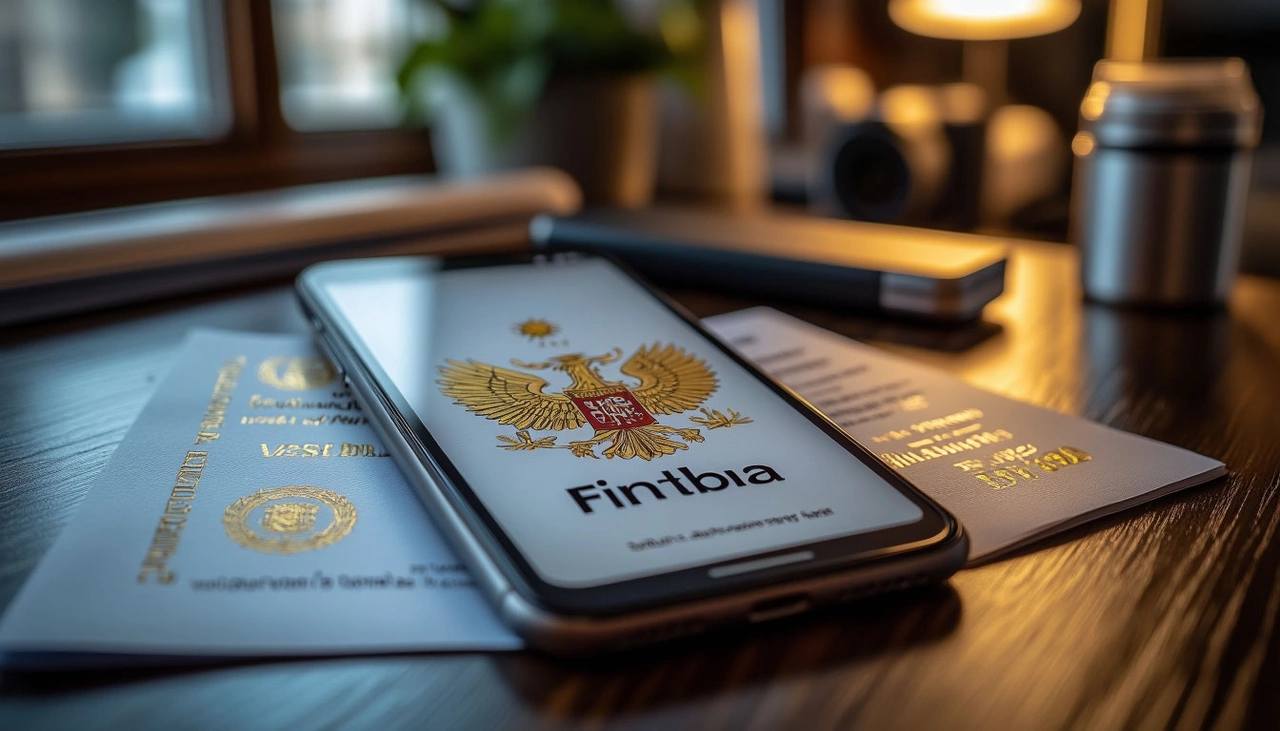
✅ Coracle
- Setup fee: €99
- No monthly fees
- Also offers free temporary health insurance for new arrivals
✅ Expatrio
- Setup fee: €49
- Monthly fee: €5
- Provides bundled services including health insurance, liability insurance, and more
These providers are officially recognized by German authorities, and the entire process — from application to receiving your confirmation — can be completed online.
📦 What’s Included with These Services?
Each of the providers offers:
- A legally approved blocked account with access to funds capped monthly
- A confirmation letter (Sperrkonto Bestätigung) needed for your visa
- Free temporary health insurance from the moment you arrive until you enroll in public student health coverage
In some cases, these platforms also assist with residence registration, student liability insurance, and German mobile plans.
Many people think of leadership as something external — charisma, confidence, public speaking, the ability to inspire and lead. And yes, these are important qualities. But true leaders are not formed on the stage — they are shaped in silence. Not during moments of victory, but in moments of doubt, failure, and difficult decisions. Being a leader means carrying not only responsibility but also loneliness, fear, and uncertainty. It’s not a role — it’s a journey.
On this journey, there are more questions than answers. A leader constantly faces choices where there’s no clear “right” or “wrong.” They learn not only to lead but also to let go. Not only to speak, but also to listen. A true leader understands that strength lies not in control, but in the ability to share influence. They don’t need to prove they’re better than others — they help others become better versions of themselves.
Leadership is a constant journey inward. It’s the ability to pause and ask, “Who am I right now, and who do I want to become?” It’s working through ego, ambition, and disappointment. It’s being able to acknowledge your weaknesses without using them as excuses. It’s maturity — not about being perfect, but about being whole.

Strong leaders grow from weak moments. When things fall apart. When they have to take a step into the unknown. When they admit they were wrong. When they ask for help. That’s when true resilience is born — the kind that separates a genuine leader from someone who just looks confident on the surface.
But leadership isn’t only about what happens inside. It’s also about how you relate to others. A real leader shares success. They don’t build a team of followers — they create a space where everyone has a voice, a role, and a sense of ownership. They don’t hide behind a title. They show up — listening, supporting, asking, guiding. They don’t control — they connect.
Modern leadership isn’t about pressure or authority. It’s about trust and development. It’s about seeing potential before it becomes obvious. It’s about helping someone believe in themselves — even when they’re still unsure. At its core, it’s not about power — it’s about maturity.
And yes, leaders make mistakes. They lose motivation. Sometimes they burn out. But they get back up and keep going. Because they know: someone is watching. Someone is following their example. Someone is learning from their actions, not just their words. And that’s what makes them a leader — not loud slogans, but quiet consistency.
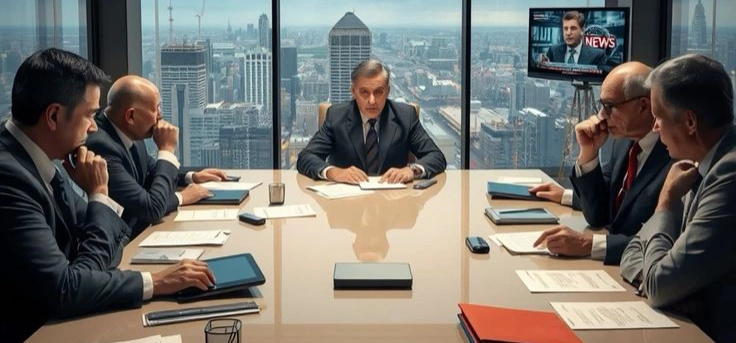
Leadership is a path. A long one, not always easy, but deeply meaningful. And if you’ve ever felt that spark — the sense of responsibility not just for yourself, but for others — maybe you’re already on that path. Just keep walking. True leaders don’t run ahead of the crowd. They walk alongside it. And they’re never afraid to be the first to stop and ask, “Are we even going in the right direction?”
As hybrid and remote work models become the new standard, a subtler challenge has emerged in the modern workplace: digital burnout. While technology enables flexibility, accessibility, and efficiency, it also blurs the lines between work and rest, presence and pressure, productivity and overload. For many professionals, the result is a creeping sense of exhaustion that isn’t caused by the work itself — but by how it's delivered.
The paradox of hyper-connectivityWe're more "available" than ever before. Notifications, video calls, emails, instant messages, project platforms — all designed to improve collaboration — can quickly become overwhelming. A quick Slack reply at 8 p.m. turns into a habit. A “short check-in” on a Sunday morning becomes routine. The line between office and home fades, and the expectation to be reachable at all times becomes normalized — even unspoken.
What is digital burnout?Digital burnout is more than tired eyes or the occasional frustration with too many meetings. It's a deep, systemic fatigue that affects focus, motivation, and emotional energy. It shows up as:
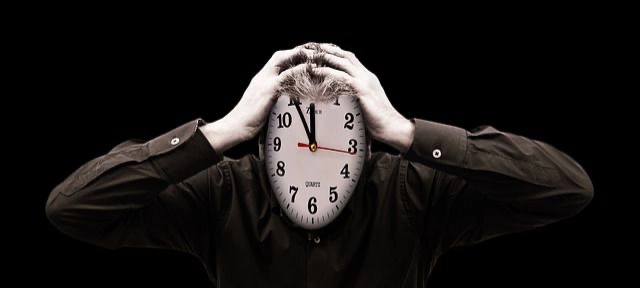
- Difficulty concentrating on tasks
- Feeling mentally drained by simple interactions
- Avoiding or dreading communication
- Increased irritability or anxiety
- Lack of creative drive and satisfaction
Unlike physical burnout caused by overwork, digital burnout is often harder to detect. It creeps in quietly — masked by productivity metrics that might look just fine. But over time, it erodes engagement, well-being, and ultimately, performance.
Why it matters for companiesWhen digital fatigue sets in across a team or organization, the effects are real: reduced innovation, poor collaboration, more sick days, and high employee turnover. The irony? Burnout often happens in high-performers who struggle to disconnect — the very people organizations rely on most.

Moreover, in the remote or hybrid context, employees may feel less empowered to set boundaries. Without the natural structure of commutes or physical office space, "logging off" becomes ambiguous — and for some, anxiety-inducing.
Strategies for digital recoveryAddressing digital burnout isn’t about abandoning technology — it’s about using it more intentionally. Here are a few strategies individuals and organizations can implement:
- Normalize digital boundaries. Leaders should set the tone: no expectation to reply after hours, no meetings during lunch, real encouragement to disconnect.
- Reassess communication culture. Not every message needs to be a meeting. Reduce redundancy, streamline tools, and let asynchronous work breathe.
- Introduce “deep work” time. Encourage blocks of uninterrupted time for focused work — and protect it on calendars like any other meeting.
- Offer digital wellness training. Just like time management, navigating digital stress is a skill. Help your teams learn how to manage overload, prioritize, and unplug.
- Model balance from the top. When leadership respects its own limits, others feel safe to do the same.
A healthier way forwardDigital tools aren’t the enemy — in fact, they’re essential to modern collaboration. But they must be balanced with empathy, structure, and space to recover. A company’s ability to manage digital culture is now a core aspect of talent retention, employee experience, and long-term success.
In an always-on world, smart organizations will be those that know when — and how — to switch off.
The search for yourself begins the moment you quietly ask: “Is this really my life?” When everything on the outside seems fine, but inside — there’s an emptiness. You smile, you say “I’m okay,” you keep playing the familiar role… but one day, it stops working. Something inside whispers: this isn’t it.
It’s not a crisis. It’s an awakening.
You begin to sense that beyond your responsibilities, your status, and other people’s expectations, there’s something more. Not loud. Not flashy. But real. Deep. Alive. And this “something” won’t let you rest. It calls to you. Sometimes softly. Sometimes like a storm within.
Finding yourself isn’t always about a trip to the mountains or running away to Bali. It doesn’t have to be radical. Sometimes, it starts with something quiet: the craving for stillness. The decision to step out of the race. A simple question: “What truly makes me happy?”

You realize much of your life was never really yours. Chosen by fear, habit, pressure, or default. And so, you begin to reclaim your choices. First small ones. Then bigger. It’s not always easy. But it’s honest.
The path to yourself is rarely a straight line. Sometimes you move forward — then fall back. You doubt. You stumble. You get lost. But those moments aren’t failures — they are part of the way. Without them, you wouldn’t know what is truly yours.
To find yourself doesn’t mean to become perfect. It means to become honest. To accept your strength and your vulnerability. Your uniqueness and your shadows. To stop comparing. To stop apologizing. To stop shrinking yourself to fit.
You begin to listen to your inner voice. You notice when your “yes” is real — and when your “no” is self-betrayal. You learn to speak your truth. To act from your heart. To stay silent when you owe no explanation. And slowly, you begin to feel whole.
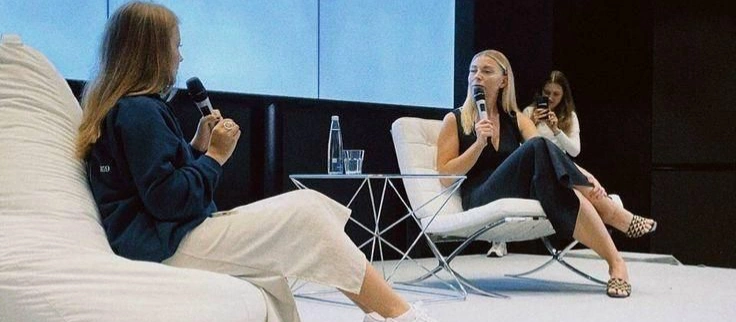
One day, you wake up and realize: you feel at peace. For no reason. Without needing applause. Without wearing a mask. Simply because you exist. Because you breathe. Because you feel. And that quiet presence — that grounded being — is the greatest thing you can ever return to.
Because you are not an outcome. Not a title. Not a role.You are a living process.And if you’ve realized that — you’ve already found yourself.
We live in a world full of noise — opinions, expectations, comparisons, other people’s lives on glowing screens. We try so hard to be “good enough,” to fit in, keep up, please others… until one day we wake up and ask: Who am I, without all of this?
Finding yourself isn’t about becoming someone new. It’s about returning to who you’ve always been — but forgot. It’s not a path forward — it’s a journey inward. Sometimes long, messy, filled with doubts, pain, pauses, and detours. But the most real journey there is.
To find yourself means learning how to be alone. Without distractions, without background noise, without the usual excuses. It’s that moment when you finally sit with your own thoughts — and don’t run from them. When you stop looking outward, and turn inward. When you no longer pretend, even to yourself.
Sometimes, finding yourself means losing a lot first — relationships, careers, comfort, illusions, expectations, people who held you, but never truly let you be. And in those losses, emptiness is born. Scary. Quiet. Lonely. But in that emptiness, there’s finally space for something new. For breath. For truth.
You begin to realize: you are not your job, your title, your social media likes. You are your feelings, your choices, your silence. You are what remains when everything external is stripped away. And when you finally look into the eyes of that “remaining self,” you see — you’ve always been whole. You just forgot.
Finding yourself is about honesty. The kind that burns. It’s admitting you’ve outgrown what once fit. That your interests have changed. That your life can no longer run on autopilot. It’s allowing yourself to evolve — even when it terrifies you.

And no, it’s not always beautiful. Sometimes, the search for self looks like sleepless nights, unexplained tears, loneliness in a crowd, inner battles with no clear winner. But in those raw moments, something real begins to grow — a connection with your core. With what’s true. With what’s you.
Often, we look for ourselves in others: in love, approval, admiration. But no one — not a partner, not a mentor, not even the most loving friend — can hand you the answer you’re seeking. Because that answer doesn’t live out there. It lives inside. And it arrives not with noise, but with quiet. Not quickly, but steadily. If you’re ready to listen.
To find yourself is not the end. It’s a beginning. The first step into a life that is truly yours. Where your "yes" comes with clarity and your "no" comes with self-respect. Where you choose presence over speed, depth over surface. Where you reclaim your most sacred right: to be yourself.

And then something beautiful happens. You stop struggling. You start simply being. And that state of being — is the most alive, most honest, most powerful thing there is.
In today's world, education is no longer just about transferring knowledge from teacher to student. It’s a process where thinking, values, critical perception, and the ability to adapt are shaped. The age of technology challenges traditional teaching, but it also brings vast opportunities for those ready to embrace new ways of learning.
What is changing?Not long ago, chalk, blackboards, and textbooks were the core of education. Today, it's online platforms, interactive courses, digital labs, and AI. A student from a rural school can now access the same knowledge as someone studying at a top-tier university. The world is becoming more equal in terms of access to learning.

But challenges remain.Not everyone has access to technology. The digital divide is real — even in developed countries. Plus, many education systems still focus on memorization and standardized testing. Meanwhile, the real world demands flexibility, critical thinking, teamwork, and the ability to learn independently.
What can we do?We need to shift the paradigm. Education should go beyond facts — it should build thinking, creativity, and initiative. Learning shouldn't stop after school or university — it's a lifelong journey. In a world where knowledge becomes outdated quickly, the key skill is learning how to learn.

What can we do personally?– Support educational reforms and innovation.– Be examples: keep learning and inspire others to do the same.– Share knowledge freely and inclusively.– Remember: education is the foundation of the future — and the future is in our hands.
We’re used to thinking of education as a checklist: school, university, certificates, degree. It seems that once you go through the process, you’re “educated.” But in truth, education isn’t a line item on a form — it’s a living journey that lasts a lifetime.
Education is an inner process.It doesn't end after exams. It happens when we read, ask questions, doubt, explore, try, fail, and grow. It happens when we listen and when we try to explain our thoughts. Education is a dialogue — with the world and with ourselves.

There’s no single model.Some learn through formal institutions, others through projects, books, or real-life experience. Some learn from lectures, others from mistakes. True education doesn’t always fit into a system. What matters isn’t the title on your diploma, but how you think, feel, and make decisions.
Today, continuous learning is essential.The world is changing fast. Jobs evolve, skills become outdated. Adaptability comes from the ability to learn: to be curious, unafraid of the new, open to questions. This mindset becomes one of the most valuable assets in any career — and in life.
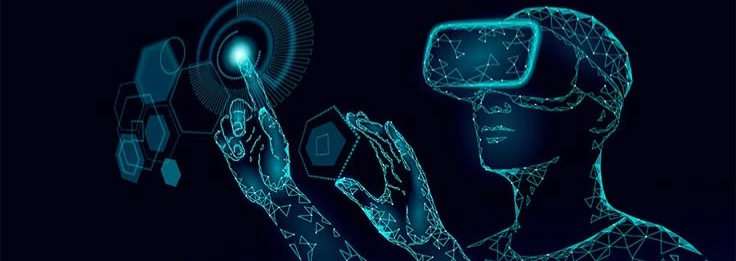
And most importantly, learning begins with interest.If you have the spark — curiosity, the desire to understand — you’ve already started. Just 15 minutes of reading, one good question, or a meaningful conversation can become part of your education. You don’t need perfect conditions or a new year — you can start any moment.
What should each of us remember?– Learning is not an obligation, it’s a privilege.– No one can learn for you — but no one can take your learning away.– Every path is valuable if it makes you deeper, freer, more aware.– True education is the ability to think, to feel, to listen, and to choose.